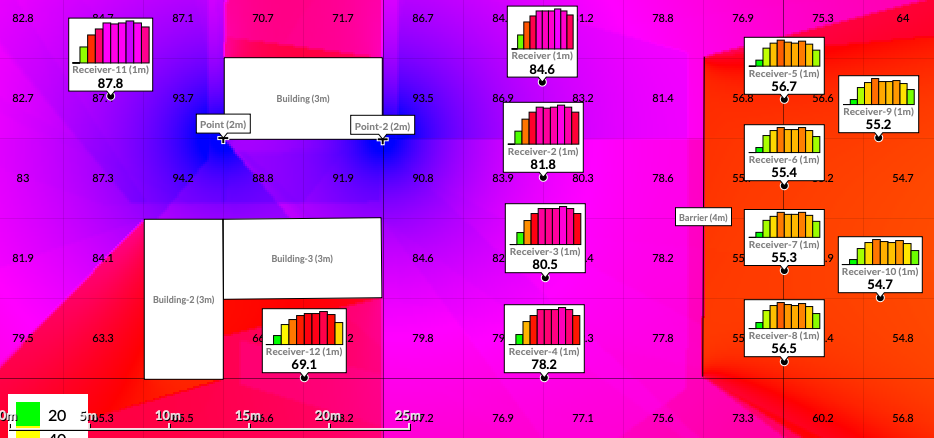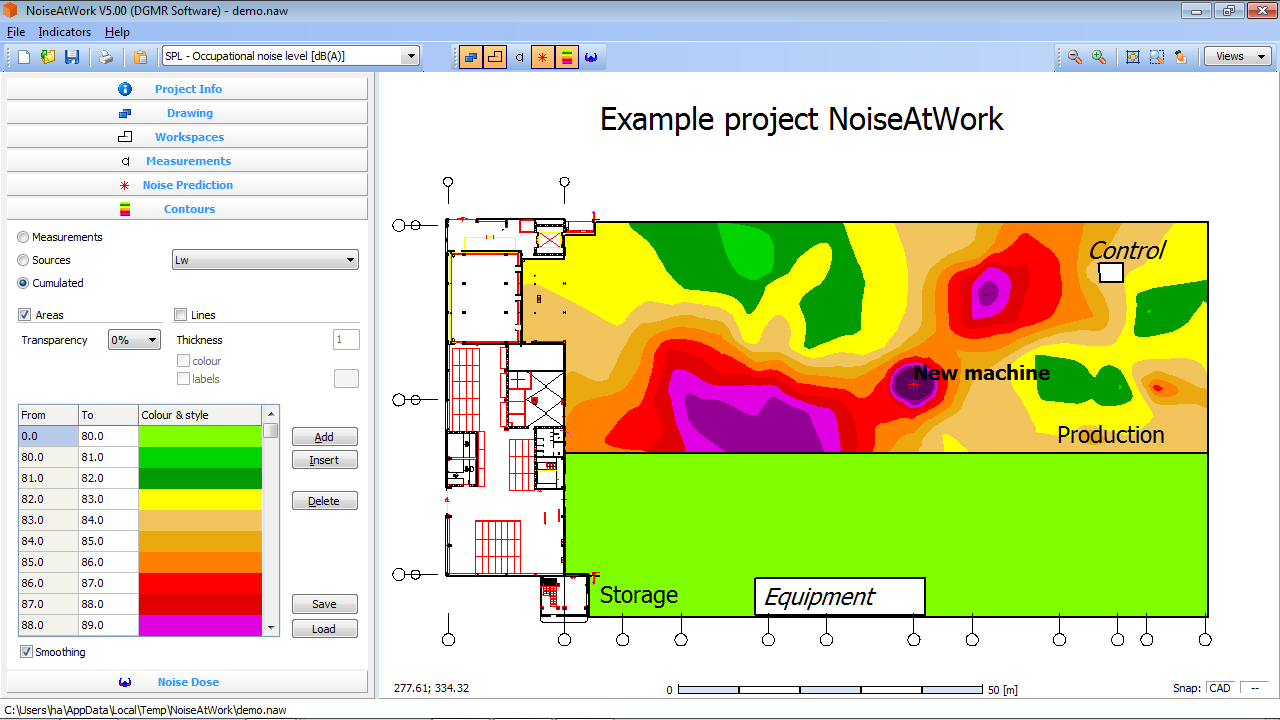
Department of Housing and Urban Development (HUD) recommendations and standards, only one (1) out of the 41 locations considered is under normally acceptable situation, while 12 locations are under normally unacceptable and the noise levels of the rest locations are clearly unacceptable. Results of this study show that the A weighted sound level (L Aeq), the background noise level (L 10) and the peak noise level (L 90) vary with location and period of the day due to traffic characteristics especially traffic volume, vehicle horns, vehicle mounted speakers, and unmuffled vehicles at road Junctions, major roads, motor parks and commercial centres.

The noise map developed was based on the computed values of average equivalent noise (L Aeq) for the selected locations. Noise readings were measured at a time interval of 30 min for each site considered using a precision grade sound level meter.
Interior noise mapping software#
The eight systematic reviews were based on several health outcomes – cardiovascular and metabolic effects, annoyance, effects on sleep, cognitive impairment, hearing impairment and tinnitus, adverse birth outcomes, and quality of life, mental-health and well-being – and the effectiveness of interventions in reducing noise exposure and health impacts.A detailed method used for assessing and mapping noise pollution levels in Ota metropolis, Nigeria using ArcGIS 10.5 Software is presented in this paper.

The guidelines are underpinned by eight peer-reviewed systematic reviews of the pertinent literature in order to incorporate the significant research since the publication of the WHO Night Noise Guidelines for Europe in 2009. In addition, an external review group provided valuable comments, whilst the WHO steering group oversaw implementation of the project. A guideline development group was appointed to define the scope and key questions of the guidelines, and developed the recommendations based on the distilled evidence provided by the systematic review team. Two independent groups of merited experts from the environmental noise community were instrumental in their development. The development process of the current guidelines adhered to a new, rigorous, evidence-based methodology.


They set health-based recommendations on average environmental noise exposure of five relevant sources of environmental noise. The WHO Environmental Noise Guidelines for the European Region provide guidance on protecting human health from harmful exposure to environmental noise.


 0 kommentar(er)
0 kommentar(er)
